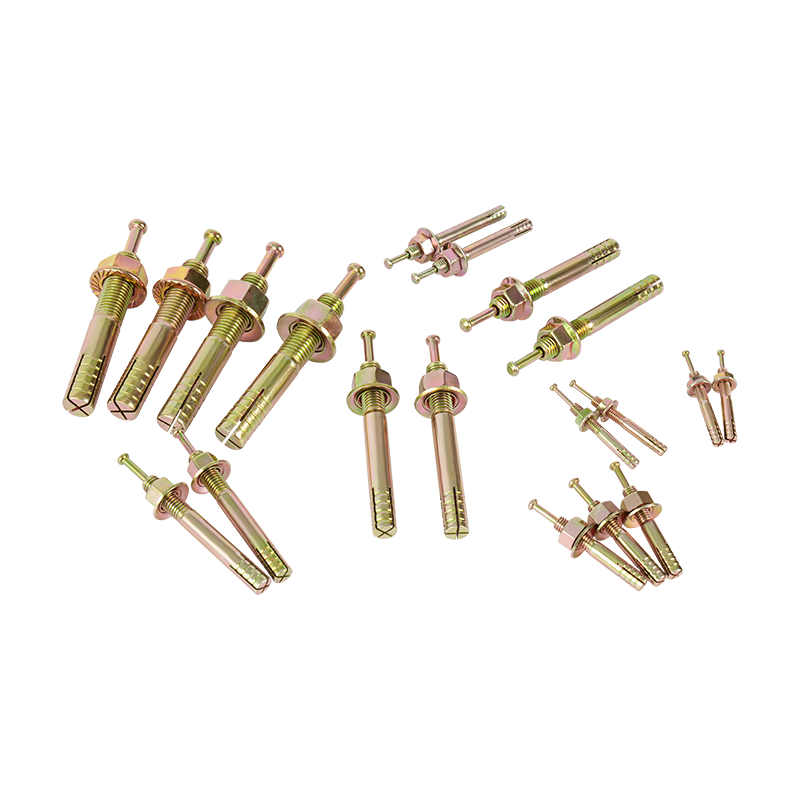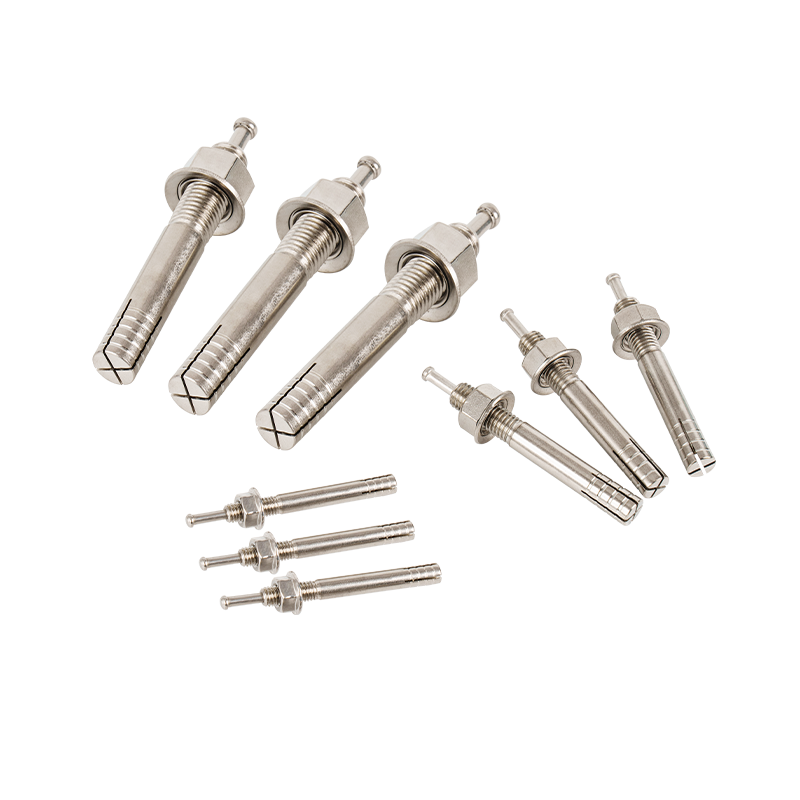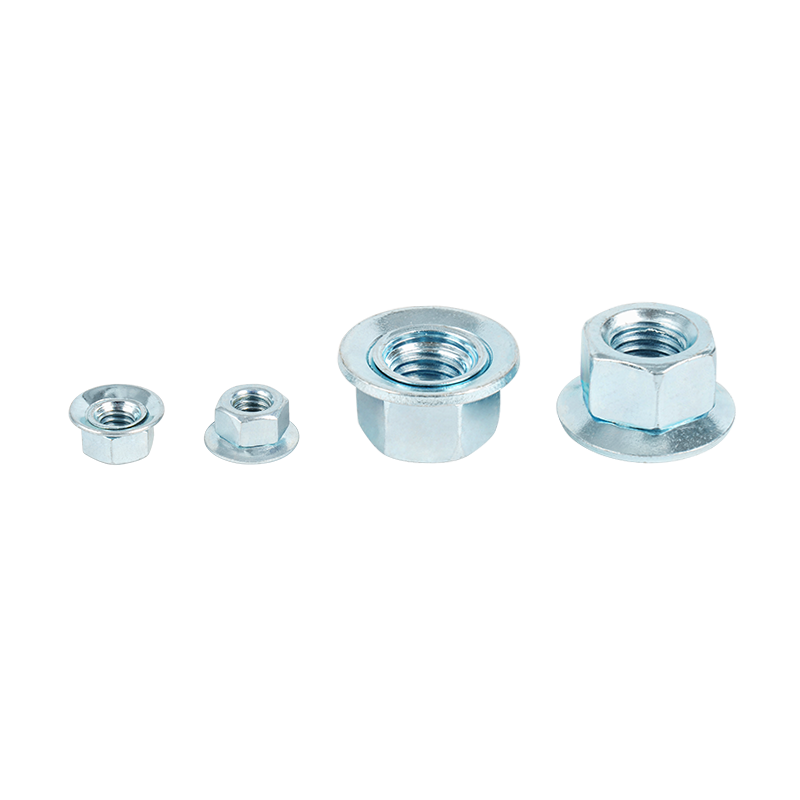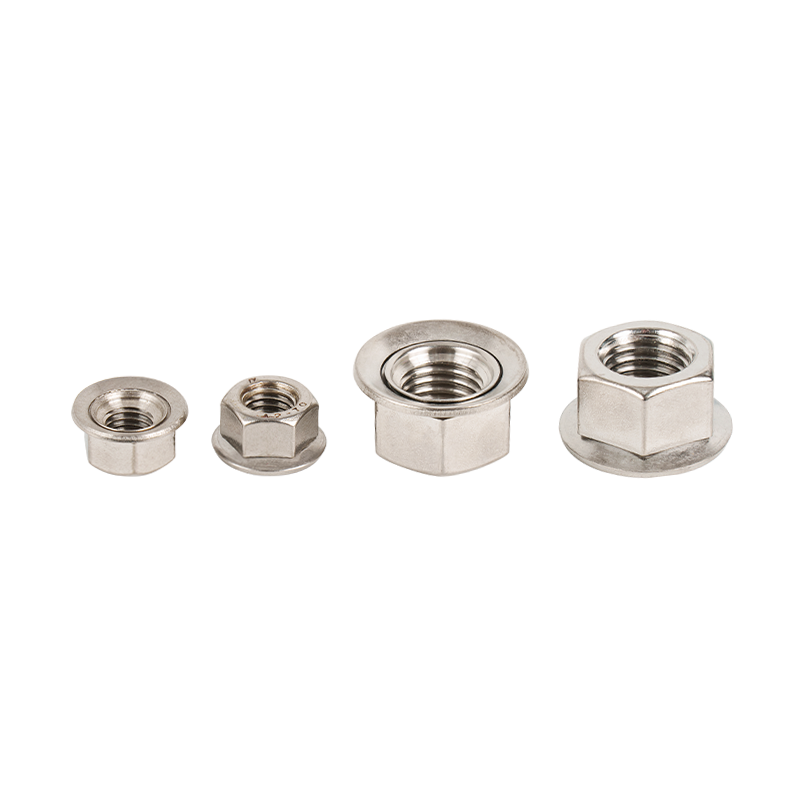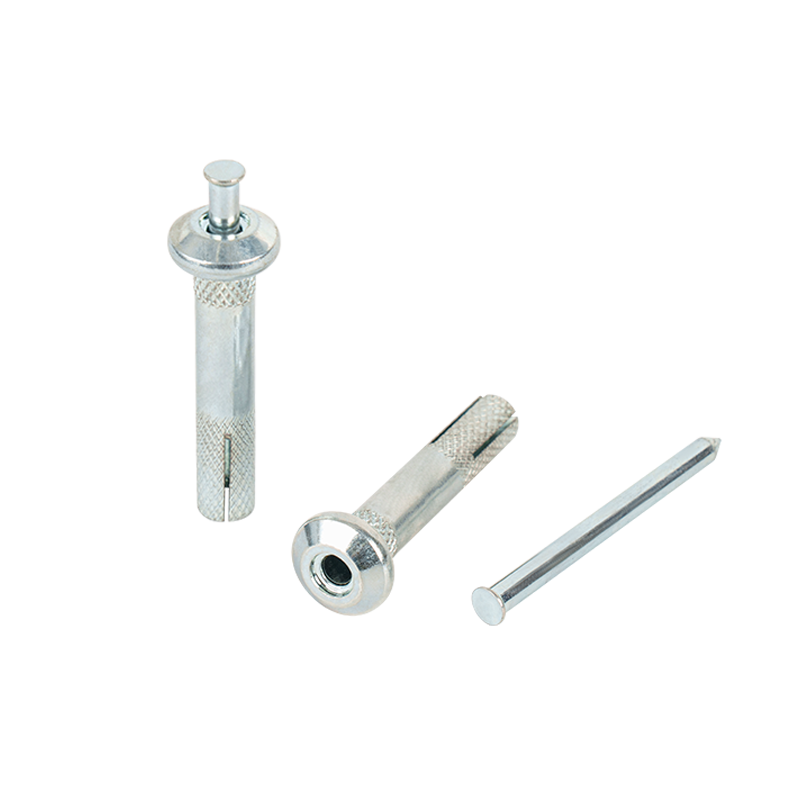What common mistakes should be avoided when choosing Carbon Steel Strike Anchor?
2025-03-30
In building structure reinforcement, equipment installation or curtain wall engineering, carbon steel strike anchors are key connectors due to their high bearing capacity and easy operation. However, incorrect selection and use may directly lead to engineering hazards and even safety accidents.
Misunderstanding 1: Confusing material grades and ignoring anti-rust treatment
The core of the performance of carbon steel strike anchors lies in their carbon content and heat treatment process. Some purchasers mistakenly believe that "carbon steel" is a unified standard, but in fact the yield strength difference of different grades (such as Q235, Q355) can reach more than 50%.
Professional advice:
Preferably choose certified products that meet ASTM A307 or EN 14399 standards
In humid, salt spray or chemically corrosive environments, hot-dip galvanizing (zinc layer ≥ 50μm) or epoxy coating process must be used
Avoid choosing bare carbon steel anchors without surface treatment to reduce costs, as rust will significantly reduce their fatigue life
Misunderstanding 2: Ignoring substrate matching and blindly applying parameters
The strength of the substrate directly affects the pull-out force of the anchor. When using high-strength anchor bolts in lightweight concrete (below C20) or porous brick walls, the embarrassing situation of "the anchor bolts have not failed, but the base material has cracked first" may occur.
Key data:
The ultimate tensile force of the carbon steel impact anchor must meet: F≤0.6×f_yk×A_s (f_yk is the anchor bolt yield strength, A_s is the effective cross-sectional area)
The concrete base material must meet: C≥0.8×F/(π×d×h_ef) (d is the anchor bolt diameter, h_ef is the effective burial depth)
Misunderstanding 3: Dynamic/static load calculation deviation, insufficient safety factor
In practice, many engineers only design according to static loads, but ignore the impact of dynamic loads such as wind vibration and equipment start-up and shutdown. An investigation into the collapse accident of a pipeline support in a chemical plant showed that the stress peak caused by dynamic loads can reach 3.2 times that of static loads.
Design points:
Under dynamic scenarios, the safety factor needs to be increased from the conventional 2.5 to 4.0
Use the "dual control method": check the tensile strength of steel and the shear strength of concrete at the same time
It is recommended to use finite element software to simulate the stress distribution under actual working conditions
Misunderstanding 4: The construction process is not standardized, and the burial depth and hole spacing are out of control
Even if the right product is selected, incorrect construction will still lead to anchor failure. In a high-rise curtain wall case, the shear strength of 30% of the anchor bolts decreased by more than 15% due to the 0.5mm deviation of the drilling diameter.
Operation specifications:
Strictly control the hole diameter tolerance: Hilti standard (hole diameter = anchor bolt diameter + 2mm) is recommended
The burial depth must be ≥10 times the anchor bolt diameter, and the spacing between adjacent anchor bolts must be ≥5 times the diameter
Use special installation tools (such as torque-controlled impact drills), and hammer angles exceeding 5° are prohibited

 English
English 日本語
日本語
